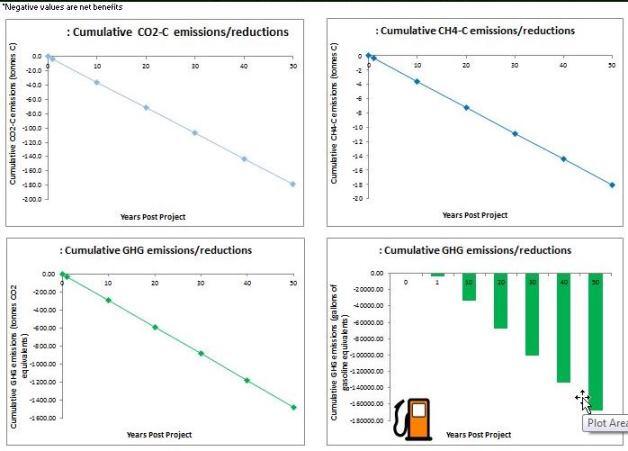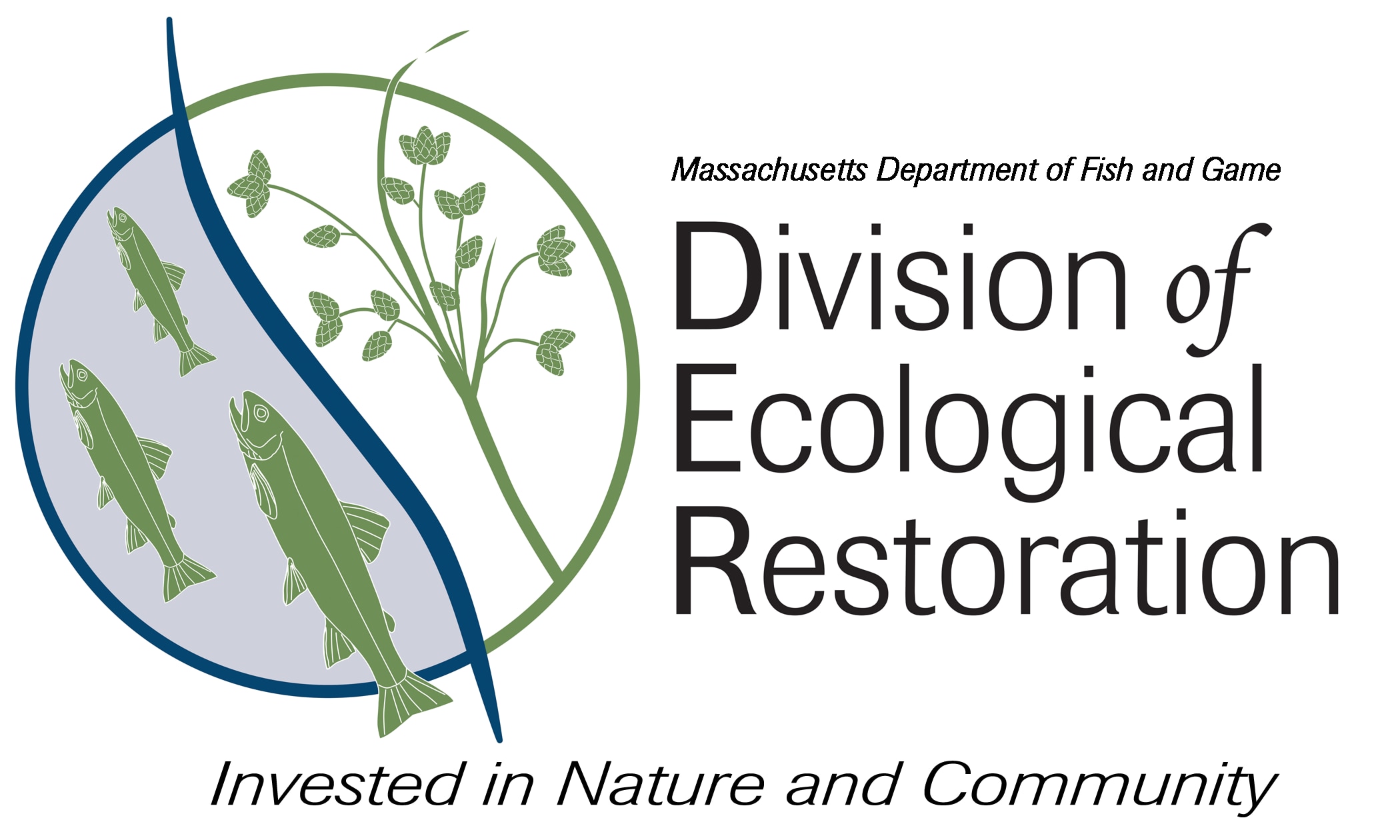- Division of Ecological Restoration

In 2015, DER made the Blue Carbon Calculator available, a simple tool designed to help decision-makers estimate the reductions in greenhouse gas emissions from restored wetlands. Restoring degraded wetlands can result in improved carbon dioxide capture, or sequestration. In coastal environments, projects that restore tidal flushing to coastal embayments can also drastically reduce emissions of methane, a powerful greenhouse gas. The Calculator was designed to be easily edited and customized by scientists and decision-makers and it was cited in the Commonwealth’s 2016 Clean Energy and Climate Action Plan.
The calculator allows users to input the amount of different wetland cover types before and after a project and see how the emissions of CO2 and methane change. In order to make the results more tangible, it also shows how this amount of carbon relates to the equivalent emissions from gallons of gasoline burned. The calculator is built on emissions factors from different wetland types that were published by the Intergovernmental Panel on Climate Change (IPCC) in its 2013 Wetland Supplement report. These factors, or amounts of carbon emissions, are based on published data from wetland types around the world and represent a consensus of the best science available.
While these data are scientifically reliable, they aren’t specific to the Massachusetts environment. This year, DER contracted with scientists at the Woods Hole Marine Biological Laboratory (MBL) to collect carbon emissions data from coastal wetland types on Cape Cod and update the emissions factors in the Blue Carbon Calculator. MBL scientists installed state-of-the-art instruments in various wetland types in the Herring River estuary in Wellfleet and the Plum Island estuary on the North Shore to collect the most up-to-date data. The MBL scientists also provided Massachusetts-specific data on the amount of plant material, or biomass, in these wetlands which helps us better understand how carbon is taken up by plants in healthy wetlands.
The Massachusetts emissions data was greater than the IPCC data for each of the coastal wetland types that were updated in this iteration of the calculator. As a result, the new model output shows much greater reductions in methane emissions from coastal wetland restoration projects than output from the original version.
DER is continuing to evaluate the new version of the Blue Carbon Calculator to better understand how the results can be applied to decisions about wetland restoration. In the meantime, we encourage scientists and policymakers to download the Version 1.0 tool and consider adding their own updates that use other current data or make the trends the model displays more representative of actual carbon dynamics. For more information on this project, please contact DER at (617) 626-1540.
